
Dreamies investigation proves that the treats are irresistible to cats
The campaign by Adam&EveDDB concludes that the only cats who don’t love the pet treat are human Cats
Putting people and communities first

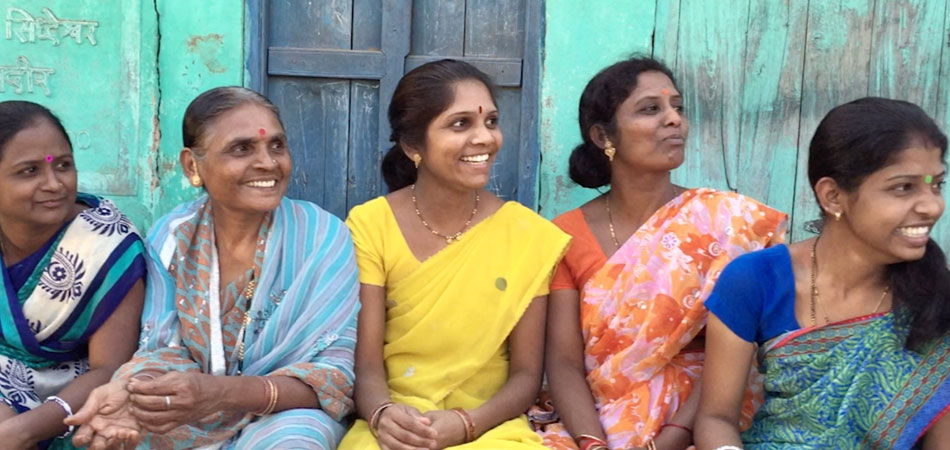
Great ideas can change lives. A notable theme from this year’s Cannes Lions was cause related creativity. “The standout ideas were pretty much all about innovation in the service of people and communities,” said Shaun McIlrath, Joint Global Creative Director at Iris Worldwide and judge of the Innovation Lion.
In 2010 we saw the introduction of the The Grand Prix for Good, this year the new addition was the Glass Lion, which recognises brands addressing gender inequality.
“People aren’t interested in advertising or brands. They are interested in what’s relevant and what adds value to their lives,” said Amir Kassaei, CCO of DDB Worldwide in his rousing talk Do This Or Die. “Collectively we can make the world a little bit better. Use your talent to change things to a better mould. Be honest to yourself. Respect people.”
We saw brands tackling global issues with pioneering technological solutions. ACH2O, a new filter designed by Panasonic, can make the water created by an air conditioning unit drinkable. Put in the context of a future where by 2050, 40% of the world will suffer from water shortage, this is potentially a huge idea affecting millions.
Geometry Global gave us the less technological, but equally innovative, Lucky Fish - an answer to iron deficiency in Cambodia. Similarly Grey Group Singapore invented the Life Saving Dot, a bindi that delivers a daily dose of iodine to Indian women, helping to prevent birth defects. “The question is society, not technology. What are the needs of society?” said Andrew Lippman, Associate Director at MIT Media Lab. By putting people and communities first, brands will have a more meaningful part to play in our future.
Read on for examples…
Optus is Australia’s second largest telco provider. Their task was to change the conversation from the size of the Optus Network, to the power it has to improve people’s lives.
Australia has four times as many fatal shark attacks as any other country. Yet their shark defence methods haven’t changed in over 60 years. The solution: to use the power of the Optus network to protect beachgoers and sharks.
Clever Buoy is a world-first smart ocean buoy, calibrated to detect sharks. It uses sonar to read their unique movement and sends instant alerts to lifeguards. These realtime messages are transferred using Optus’
Inmarsat satellite and the data is shared with scientists and Google researchers; an innovation partnering two Optus clients.
After a successful prototype launch, commercial Clever Buoys are now in development and present a viable alternative to shark defence in Australia and worldwide.
Agency: M&C Saatchi Australia
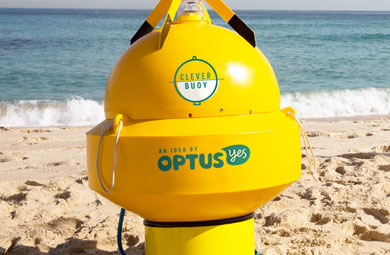
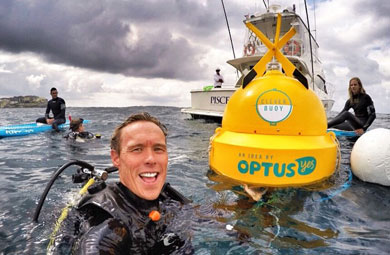
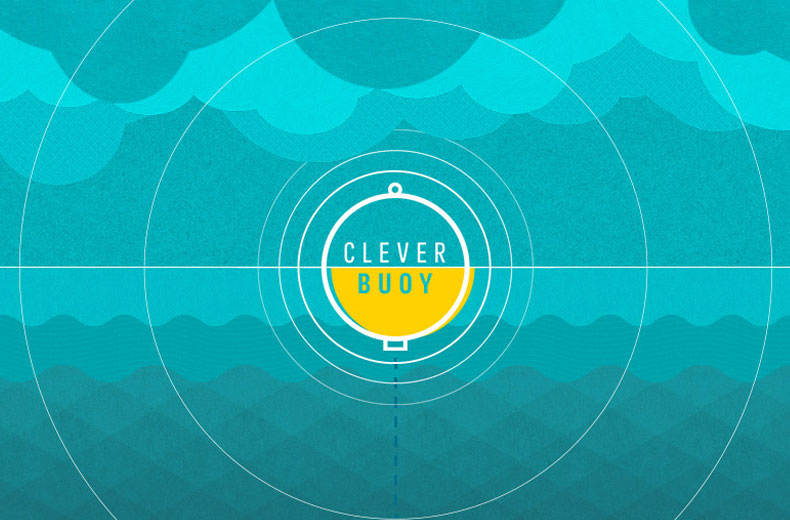
Inspired by the startling statistic that in Argentina almost one person dies in a traffic accident every hour, Samsung set out to reclaim safety through the power of innovation and Samsung technology. Most crashes occur when vehicles try to pass on one-way roads. With this in mind they created the Safety Truck, a device that captures real-time footage of the road and wirelessly feeds it to four screens on the truck’s rear wall. This live footage is streamed continuously as the truck moves, giving over-taking drivers a view of what’s ahead.
Agency: Leo Burnett Argentina
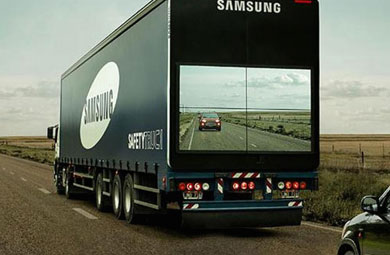
Vodafone Red Light is a mobile app for women living in unsafe domestic situations. When shaken, the app sends an alert message and location to three contacts. The challenge was to bring the app to the attention of women without alerting their abusive partners. Online female-focused film content was created. At the point where men were most likely to have stopped watching, the presenter shared information about the app. More than 250,000 women have downloaded the app and to date, it has been activated over 103,000 times.
Agency: Y&R Istanbul
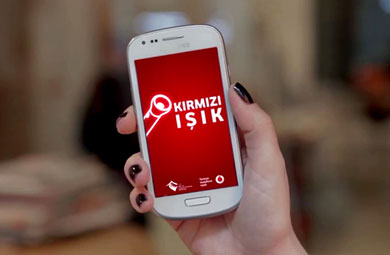
Every year a staggering 200,000 people are reported missing in Brazil. Families of the missing often create posters to help find their loved ones. Print For Help was created to bring this search to a global level. HP printers that connect to a cloud-based network spread missing person posters through the ePrint feature. This makes it possible to target the specific area in which a person went missing as soon as it’s reported. More HP connected printers, results in a wider distribution of posters and a better chance of finding the missing person.
Agency: FCB Brazil
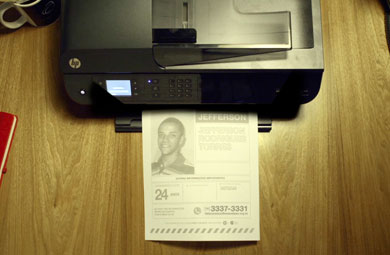
Looks like you need to create a Creativebrief account to perform this action.
Create account Sign inLooks like you need to create a Creativebrief account to perform this action.
Create account Sign in